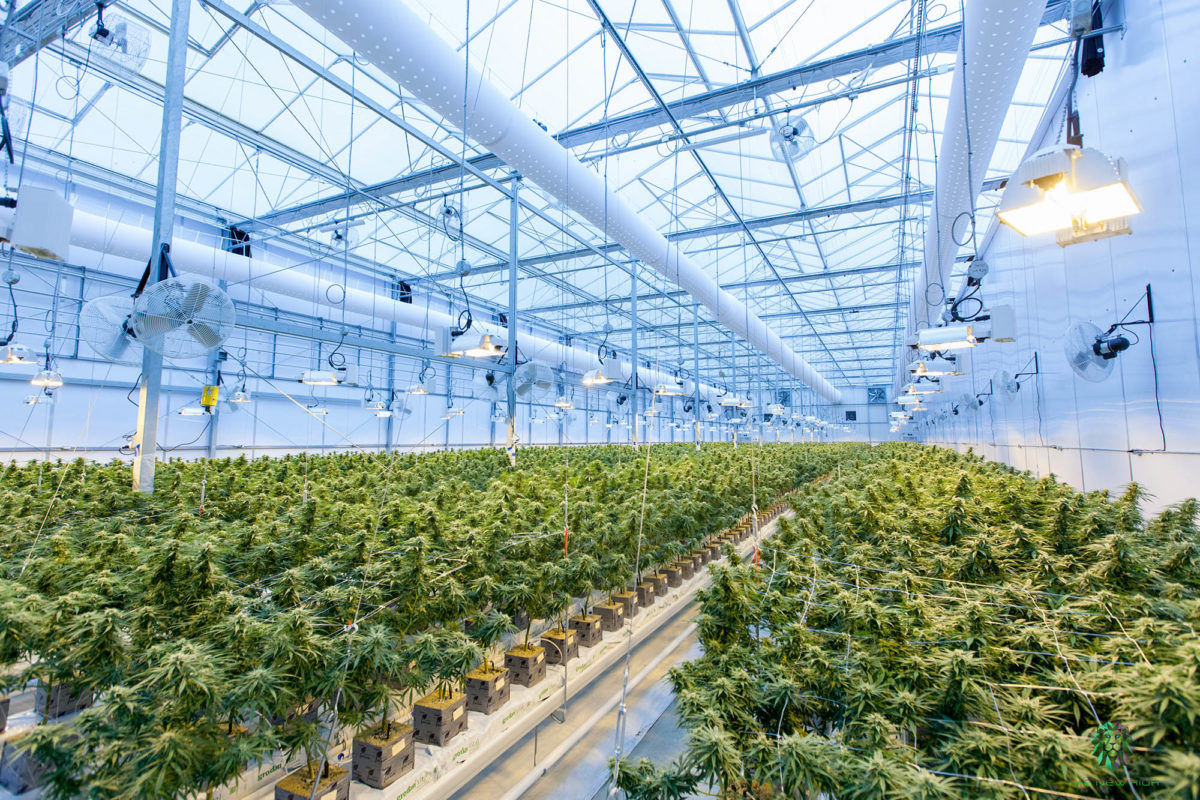Legislature considers regulating water for commercial cannabis cultivation

Water consumption is a popular topic in many circles, and commercial cannabis cultivation is a large consumer. Even smaller grows need attention to hydration. Not only is the commodity not free, but it is also regulated in many states by usage. We’re digging into general information about water regulation for commercial cannabis cultivation, as well as specifics for indoor and outdoor cultivation. For information regarding state laws, review all posted updates.
How much water does a weed plant need to grow?
Wondering how much water a weed plant needs to grow? First, know that every plant and strain has variations in its needs, therefore there is no absolute standard. The best way to understand the water needs of specific plants is through constant monitoring and adjustment.
However, a commonly referenced statistic on water usage within legal, commercial cultivation of cannabis comes from a 2021 study from the Journal of Cannabis Research, which found on average, one cannabis plant needs six gallons of water per day during most of the five-month growing season. By comparison to other crops within the American agriculture industry, cannabis crops, both indoor and outdoor, use significantly more water. Does growing marijuana use a lot of water? Yes, indeed, it does.
An additional aspect to consider when understanding the correlation between state regulations and how much water a weed plant takes is how different use looks for illicit growing operations. Within California, researchers at the Berkeley Cannabis Research Center found unlicensed cultivation uses substantially more water than licensed cultivation centers, stating, “unlicensed cannabis accounts for significantly more cultivated area than licensed cannabis farming, and therefore has a much larger water demand footprint. Because unlicensed cannabis farms often have little to no water storage on-site, water is extracted from watersheds on demand.”
One 2024 news story told of a California grower who agreed to pay $750K, as well as remove unpermitted ponds and restore streams and wetlands after state officials accused him of violating regulations protecting water supplies, wildlife and waterways. State officials say the violations by Joshua Sweet and the companies he owns and manages continued for years and were “egregious.” Yvonne West, director of the State Water Resources Control Board’s office of enforcement, said Sweet didn’t have authorization to divert water or use it. Between 2017 and 2020, 16.2 acre-feet of water was taken for three ponds — approximately enough to supply about 49 households for a year.
Water criteria for commercial cannabis cultivation
With the importance of efficiency in mind, here are a few criteria for cannabis cultivation water needs:
- Temperature: In higher temperatures, plants will require more water.
- Humidity: High humidity can be harmful for cannabis and slow its development. Warm air is also more humid, so the risk of mold and fungus developing needs to be minimized.
- Growing medium: If growing in a pot, be extra cautious to avoid overwatering, which occurs without suitable drainage. If cultivating in open soil, ensure all plants are getting enough water by even distribution.
- Growth stage: Different amounts of water are needed at different development stages.
- Soil properties: Watering needs vary between soil, clay pebbles, rock wool, coco coir and more.
- pH level: Water that is too acidic or alkaline makes it impossible for roots to properly absorb nutrients. The range to aim for is between 6 and 7, ideally 6.5 when growing in soil.
- Indoor vs. outdoor: Both situations require contingency plans for insufficient and excess water.
How much water do indoor plants need?
Indoor cultivation allows for control over factors such as light and temperature. This is often achieved through smart systems and remotely controlled apps. Experts recommend watering plants with lights turned off or with lights switched off immediately afterward, as direct light will cause faster water loss. Having this level of control, in theory, keeps water usage at the most basic levels. Ultimately, however, how much water is needed for indoor weed plants depends on the efficiency of all procedures.
Outdoor commercial cannabis cultivation needs some extra finesse. Below are some tips for successful outdoor cannabis cultivation:
- Don’t use hard or chlorinated water.
- Water in the morning for reduced evaporation rates.
- Water deeply and infrequently at the plant’s base. Soaker hoses or drip irrigation have proven records for this technique. Adjust for climate and season.
- Monitor soil moisture levels and don’t neglect proper drainage.
Grow Your Business at CannaCon
Interested in automated systems for economical water use? Need advice on your specific climate and the needs for outdoor cultivation? Attend CannaCon, the nation’s leading business-to-business cannabis conference. Our goal is to grow the cannabis industry by educating cannabis business owners on all things related to cannabis and CBD. The CannaCon trade shows feature a large exhibition hall with exhibitors from around the world, as well as educational cannabis seminars delivered by industry experts. Sign up for upcoming cannabis events today!
This article was originally posted on Apr. 12, 2022, and updated on Jan. 21, 2025.
